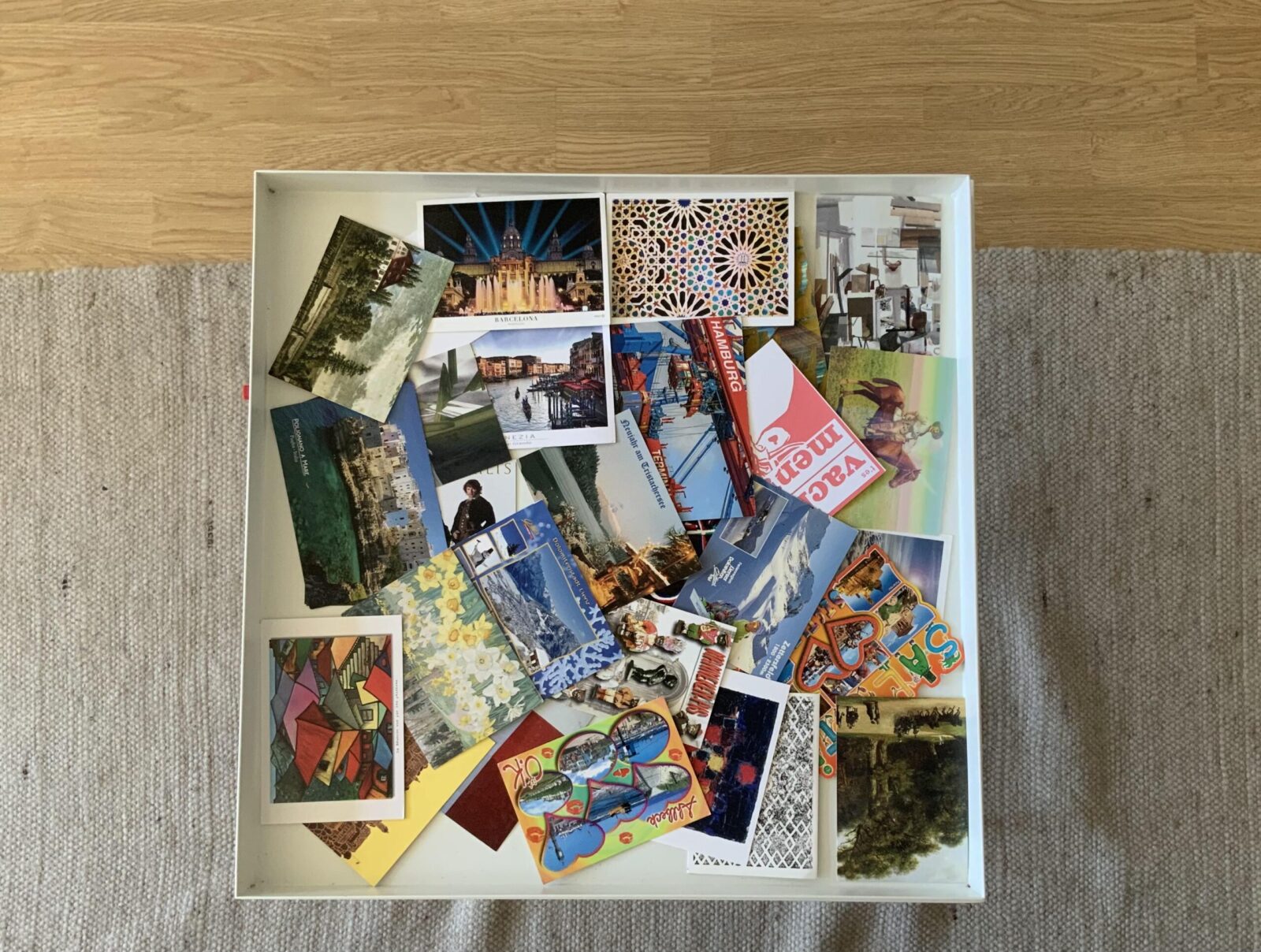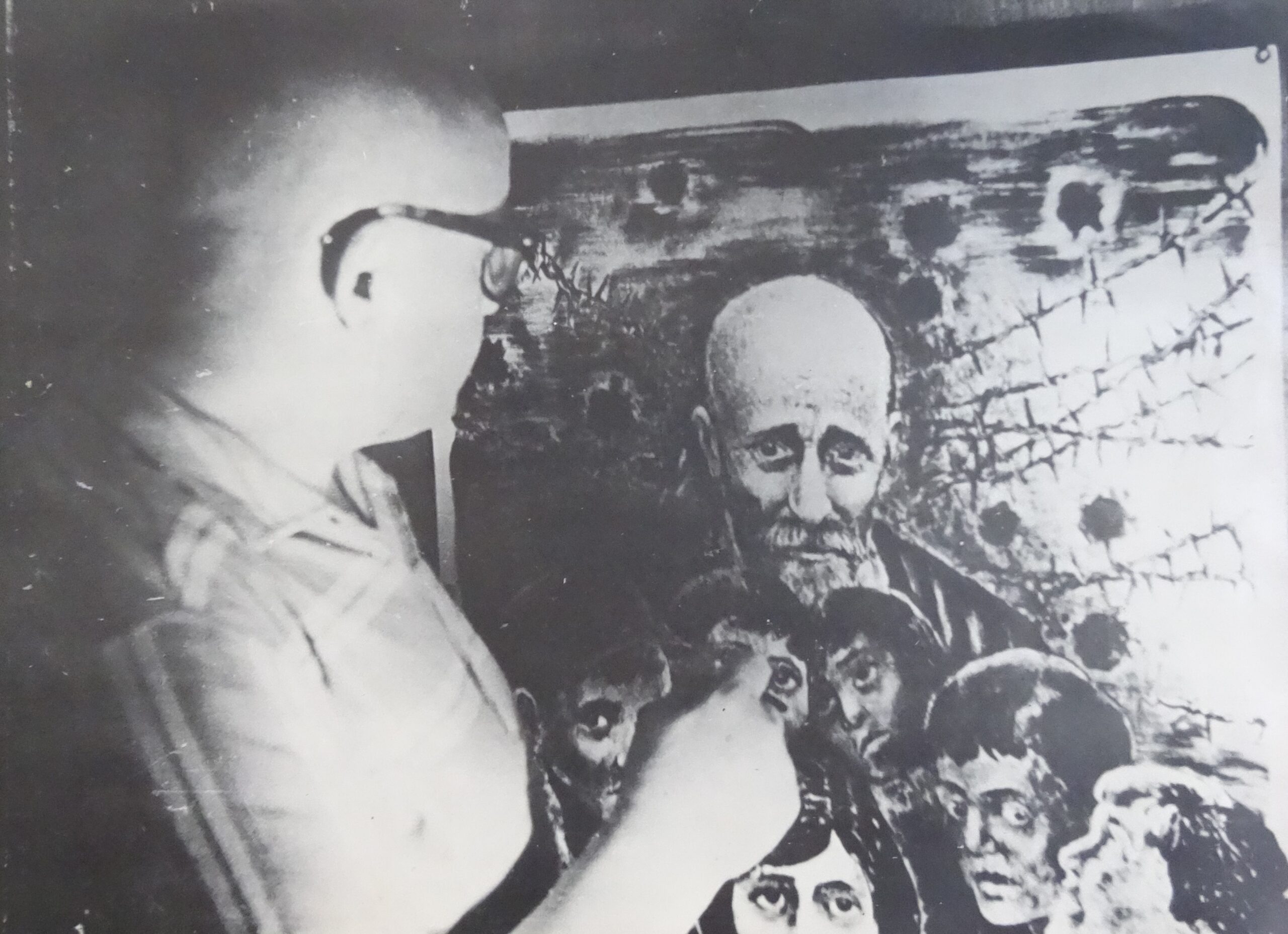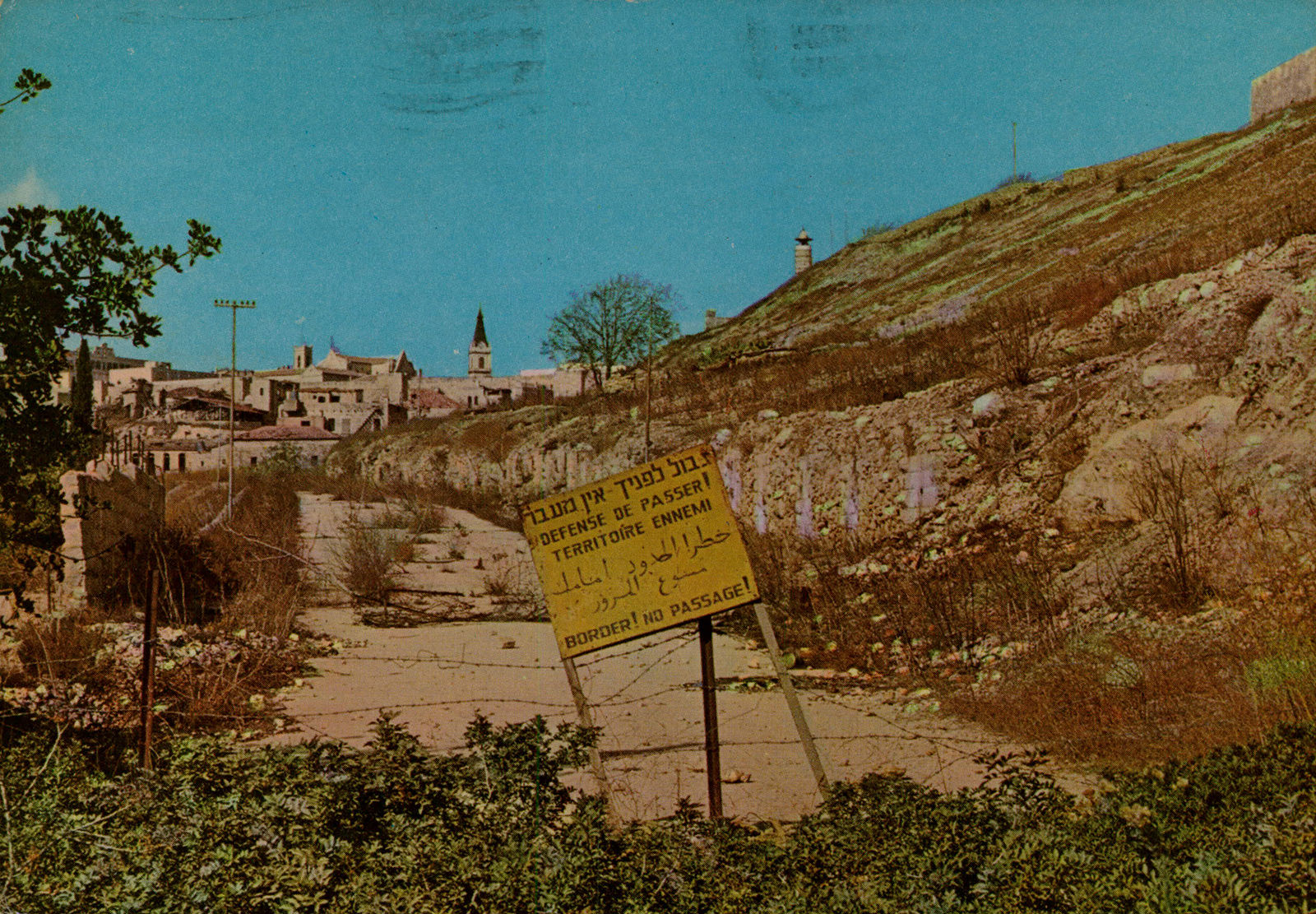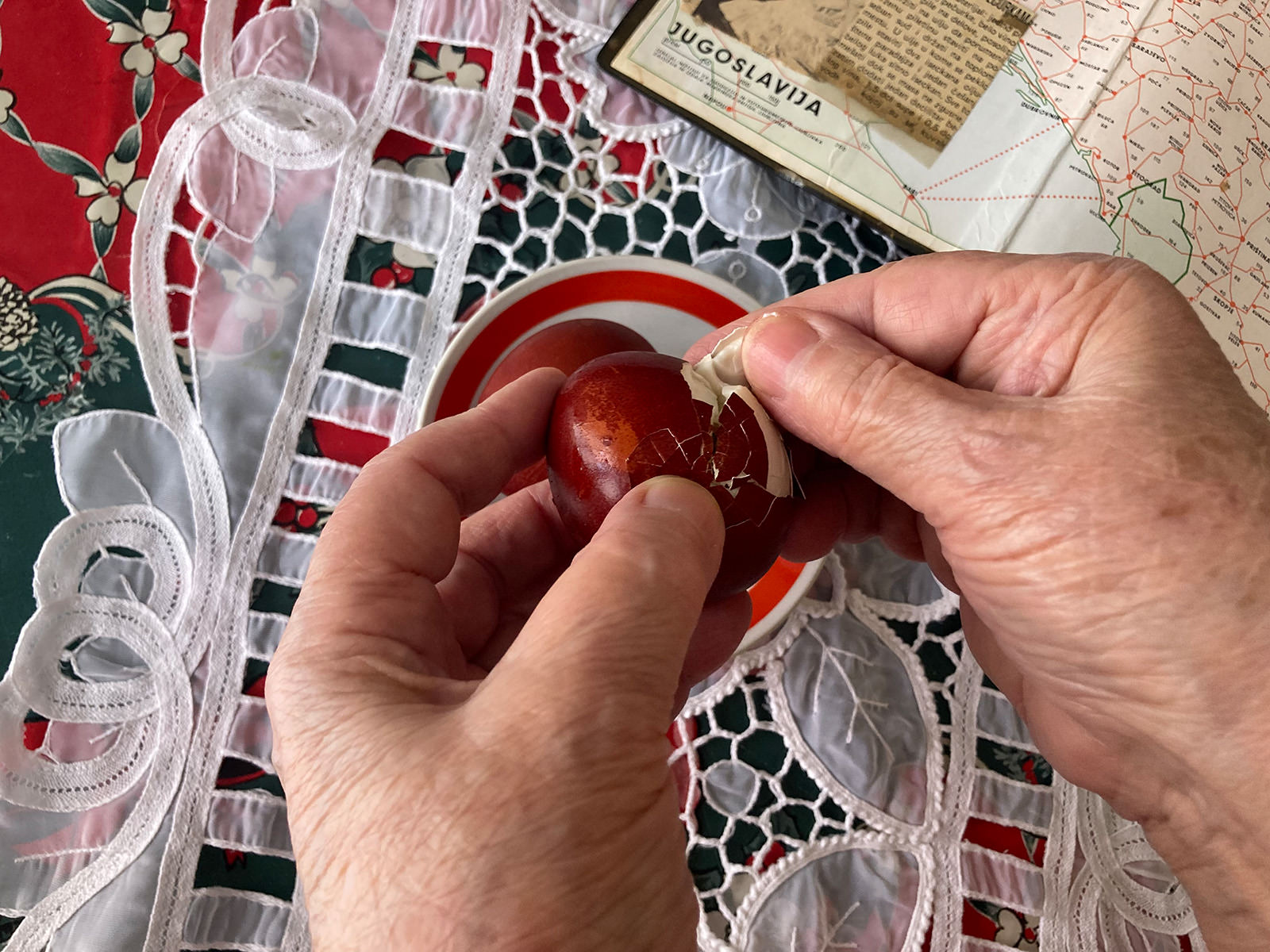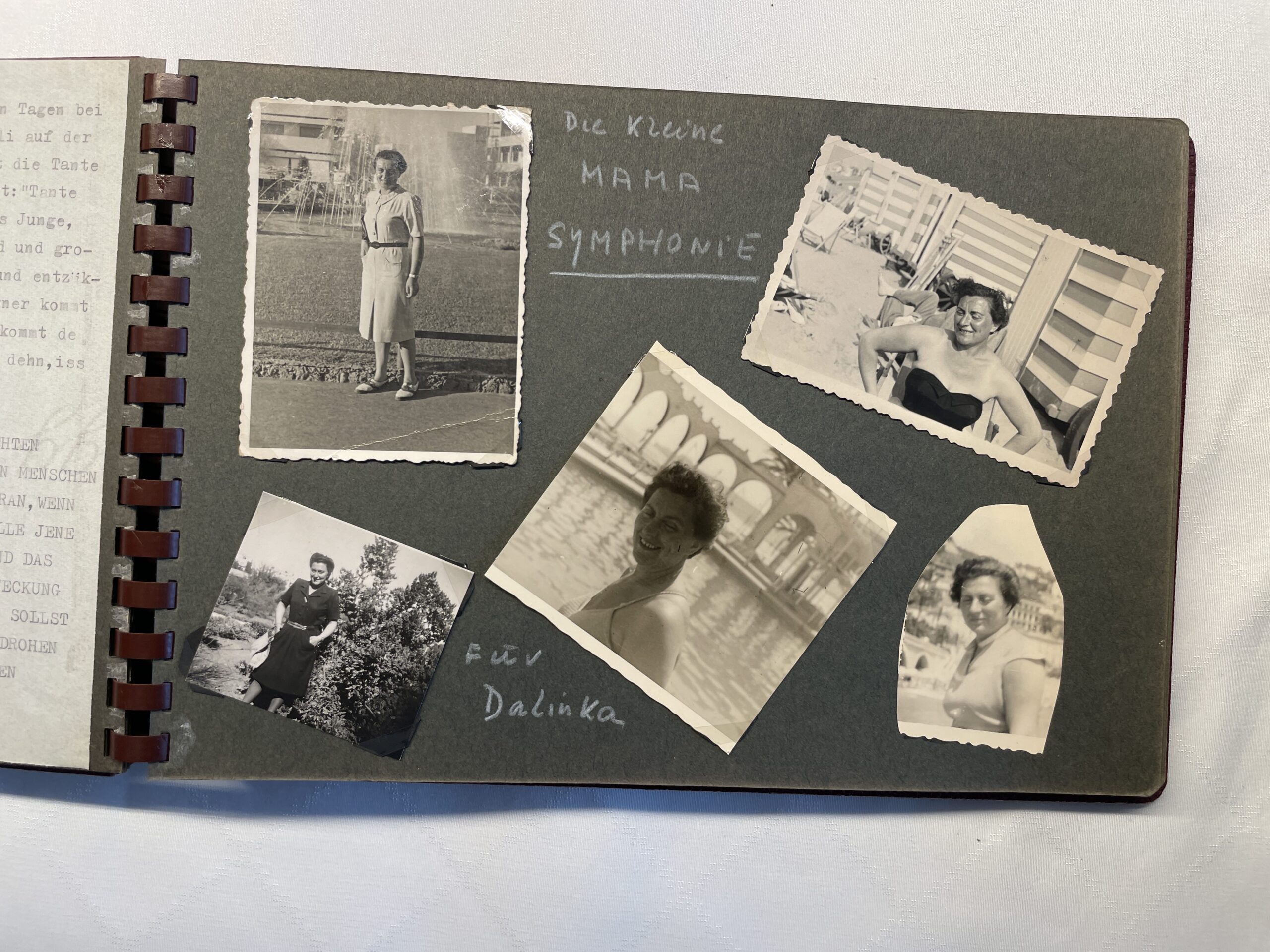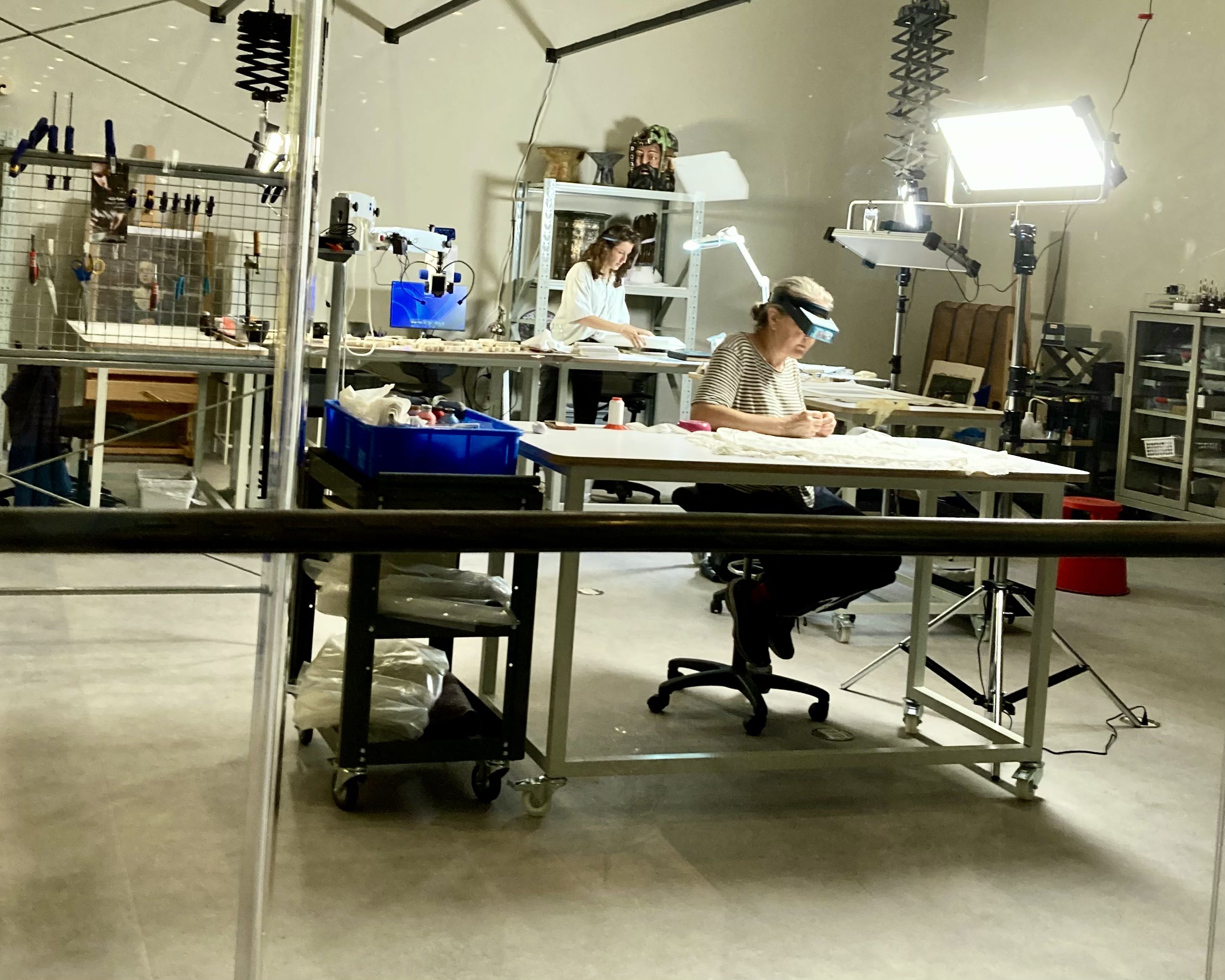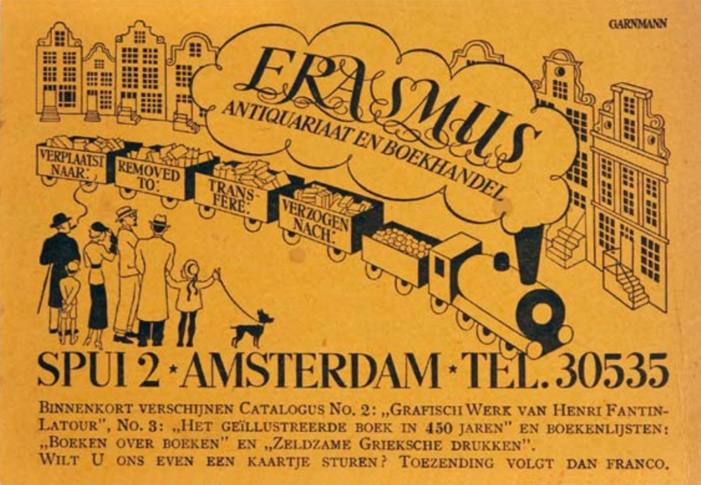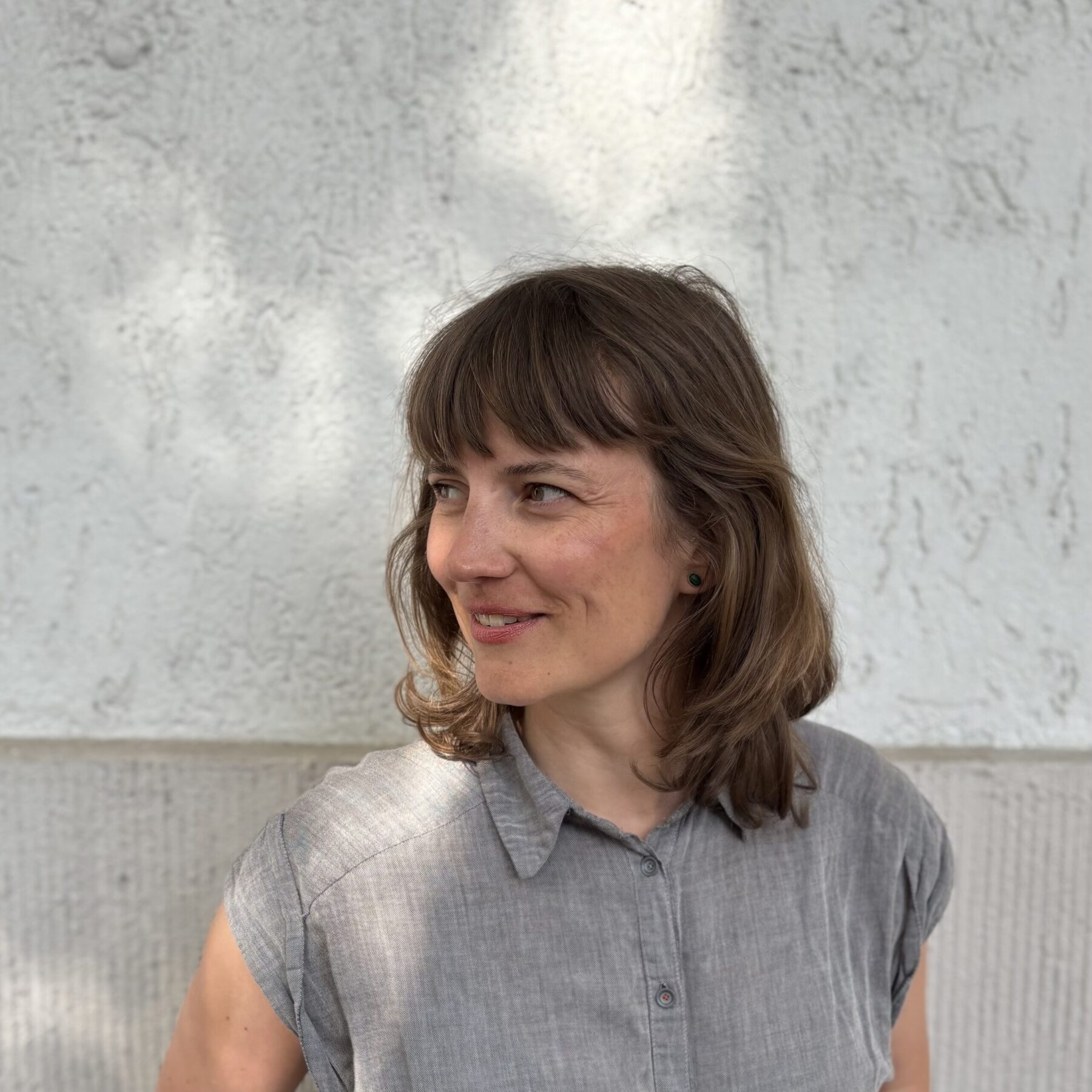
Materializing Memory and Sanctifying Place – Jewish Sephardic Heritage in Contemporary Spain

Threads of Identity – The Evolution of Israeli Fashion and the Attempt to Create a National Dress
The Written Silent, the Visible Absence, and the Text in the Written after 1945 – Materiality of Catastrophe, Exile and Belonging in Barbara Honigmann’s Writings
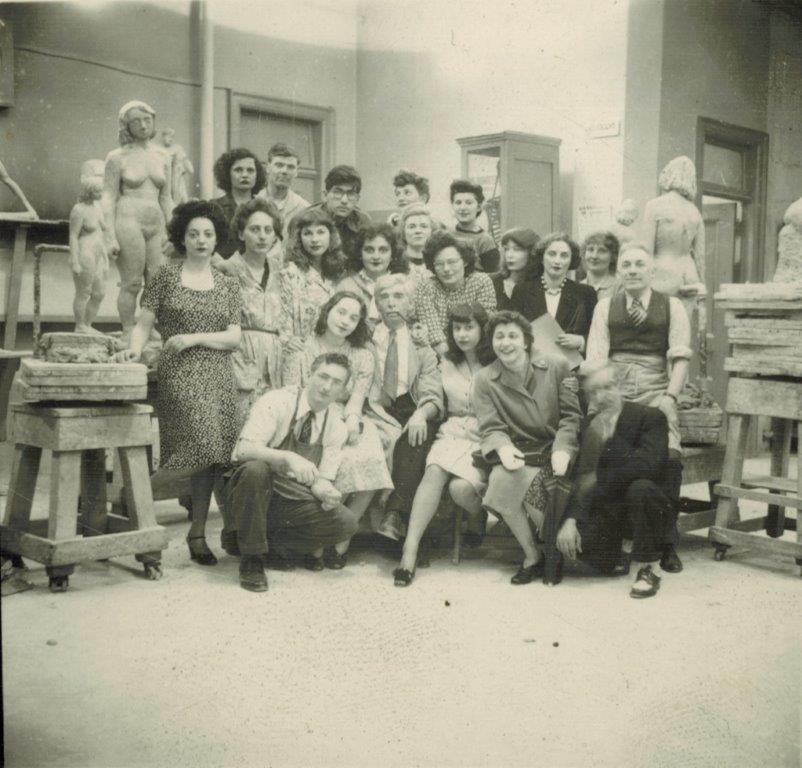
Processing Loss and Fostering Resilience – Jewish and Female Sculptural Strategies of Coping with the 20th Century
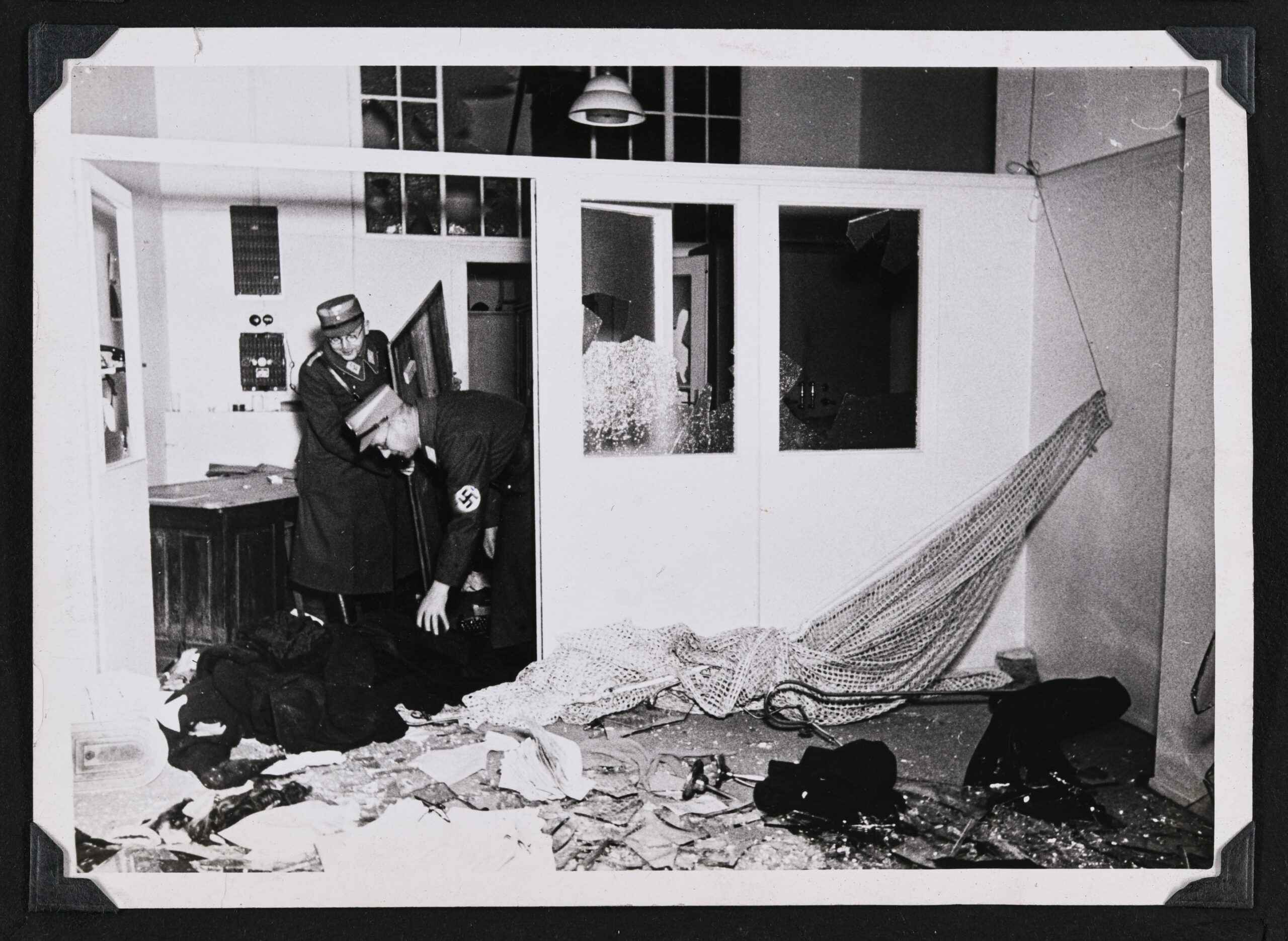
“Home was not Home anymore.” The Destruction of Private Jewish Living Spaces in the November Pogroms of 1938
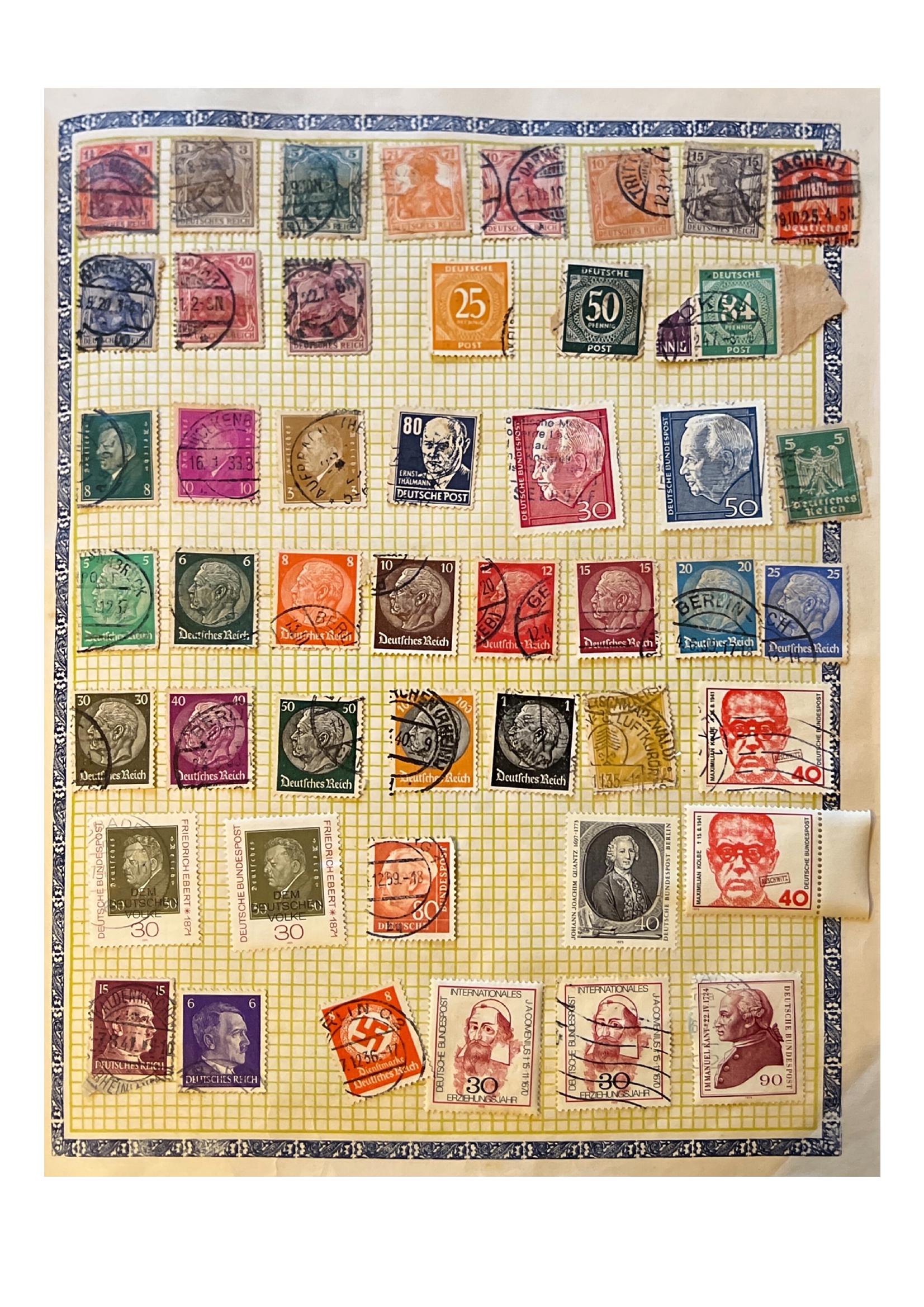
Corresponding with history – Jewish Postage Stamp Collectors and Jewish Emancipation

Nation-Building and Cultural Heritage – The Making of the Jewish National Library in Jerusalem, 1892–1948

DVARIM POLANIM – Material Culture and the Changing Identity of Polish Jews in Israel across the 20th Century

Between Ruins and Revival – Jewish Identity and Material Heritage in Post-Communist Poland

Places of Jewish Knowledge – The Wissenschaft des Judentums and its Material Sites in Berlin’s Urban Landscape, 1871–1961

Traces of belonging(s) – on the materiality of the imprisonment experience of Jewish women in the Ravensbrück women’s concentration camp
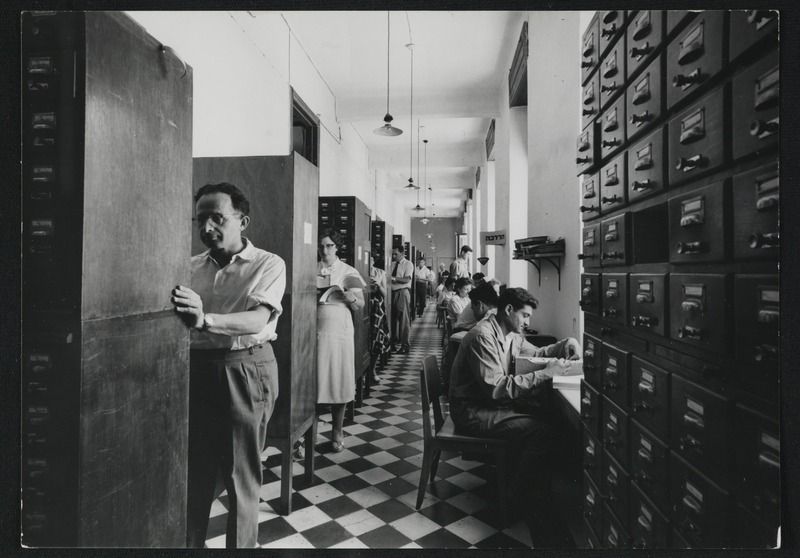
Aufbau im Übergang – Curt Wormann and the Jewish National and University Library between Nation-building and Cultural Diplomacy
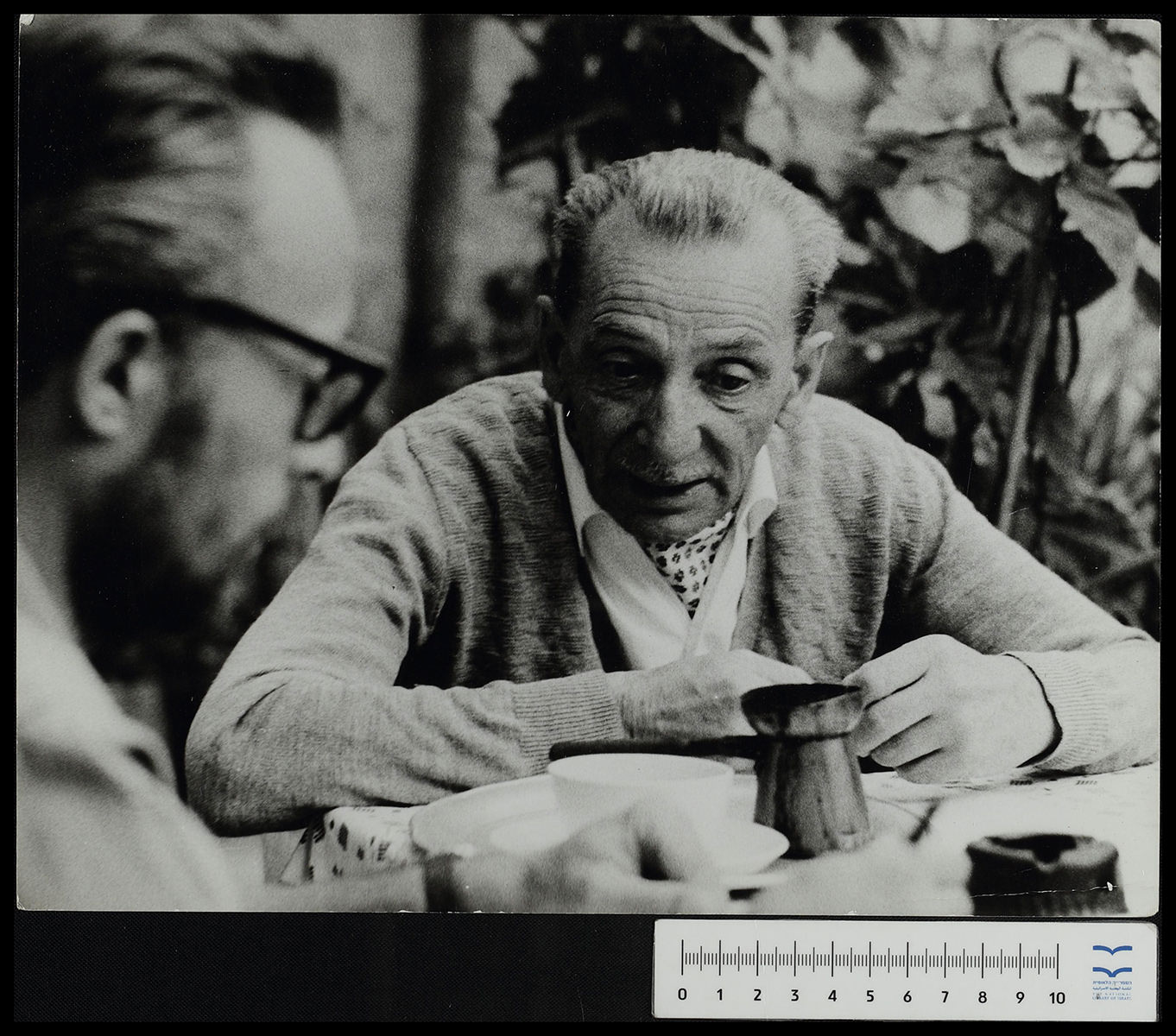
To Change, Question, and Criticize – Concepts of a ‘Werk’ and Concepts of Objects in Illustrated Magazines in Berlin and Vienna during the 1920s.
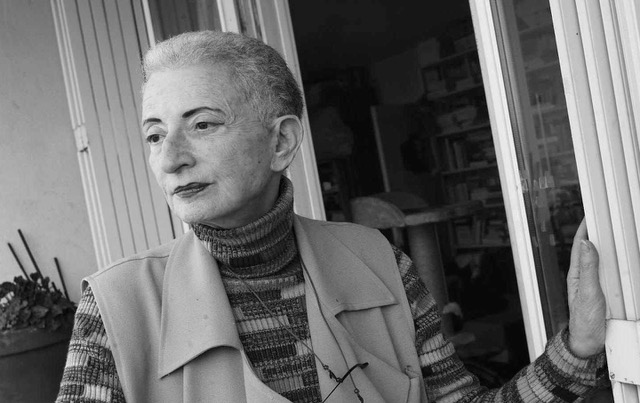
“Mes poumons comme les rouleaux de la Thora” – Towards a Poetics of the Trace: Jewishness, Exile, and Writing in the Work of Hélène Cixous

Traces of belonging(s) – on the materiality of the imprisonment experience of Jewish women in the Ravensbrück women’s concentration camp
From 1939 to 1945, around 20,000 women who were considered Jewish under the Nuremberg Race Laws were imprisoned in the Ravensbrück women’s concentration camp. Within the camp’s internal, anti-Semitic prisoner society, they were at the bottom of the hierarchy. Other Jewish women were imprisoned as communists, Red Army soldiers, or “asocials,” among other attributions. Material traces of all of them remain precarious.
The museological collection of the Ravensbrück Memorial Archive now contains around 2,000 objects from the camp period, including clothing, drawings, texts, miniatures, jewelry, address books, and cookbooks. However, the collection is strongly influenced by the political context of its creati- on during the GDR era and, with a few exceptions, bears witness mainly to the experiences of the women imprisoned as communists.
Therefore, starting my research project, I am searching for traces. What things determined the everyday life of Jewish women in the camp? What things expressed subjectivity and belonging, created room for maneuver, allowed resistance to break through? What traces make this legible today? And what do these traces of the other mean for the ethics of their memory?
Particular attention will be paid to deconstructing the collectives and categories of imprisonment constructed by the SS. Although the SS’s will to exterminate was directed at a Jewish collective, Jewish women were also imprisoned outside of this categorization which, from an intersectional point of view, in the historical reconstruction of their persecution, has often led to the significance of their Jewishness, the meaning being Jewish had for them, and their sense of belonging, being rendered completely invisible. My project seeks to expand historical knowledge about the experience of imprisonment in the Ravensbrück camp, the self-image of belonging, and the agency of Jewish women prisoners beyond traditional subject categorizations by finding and reading their material traces.
